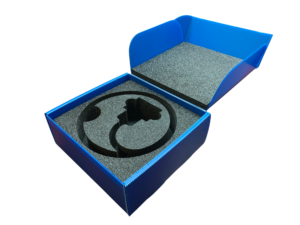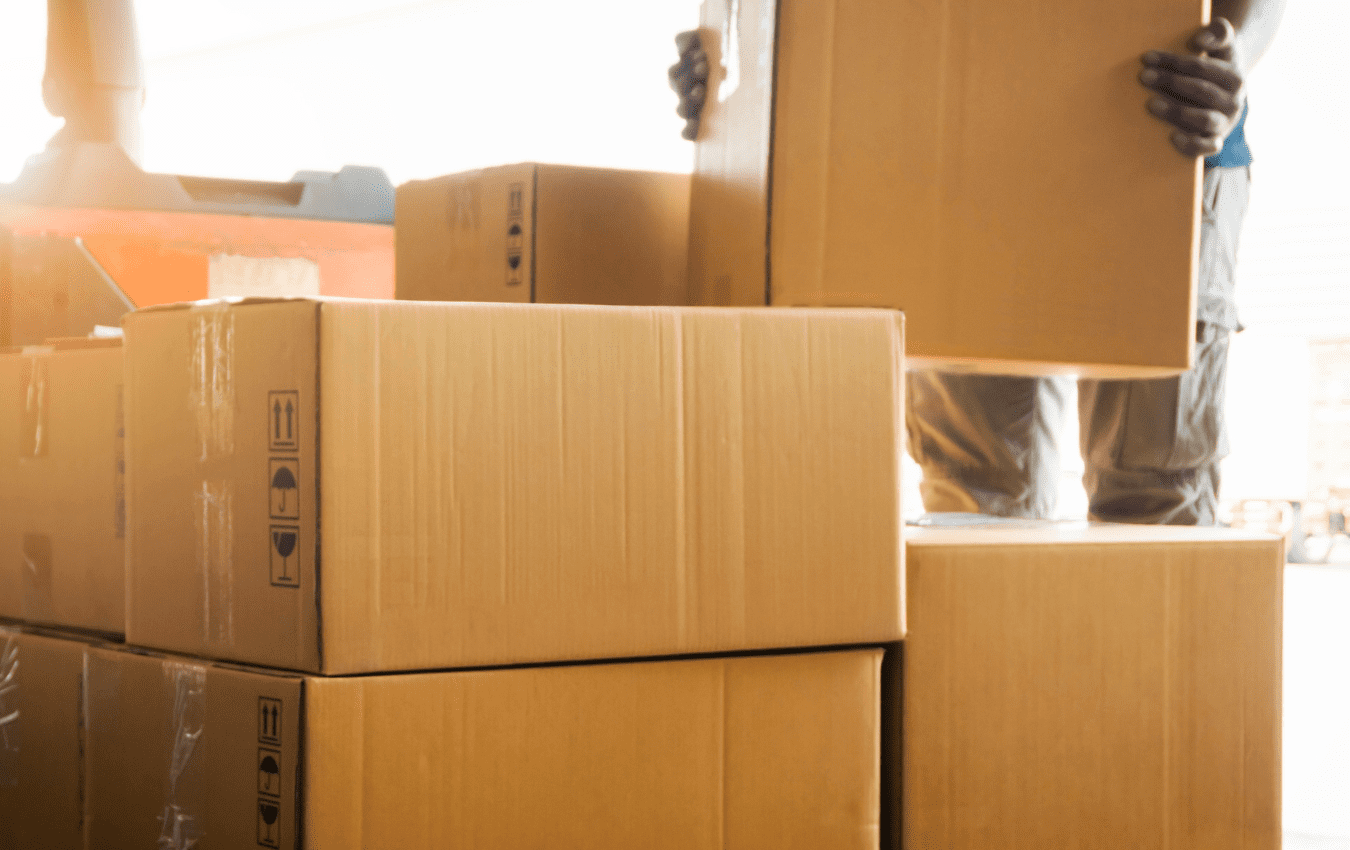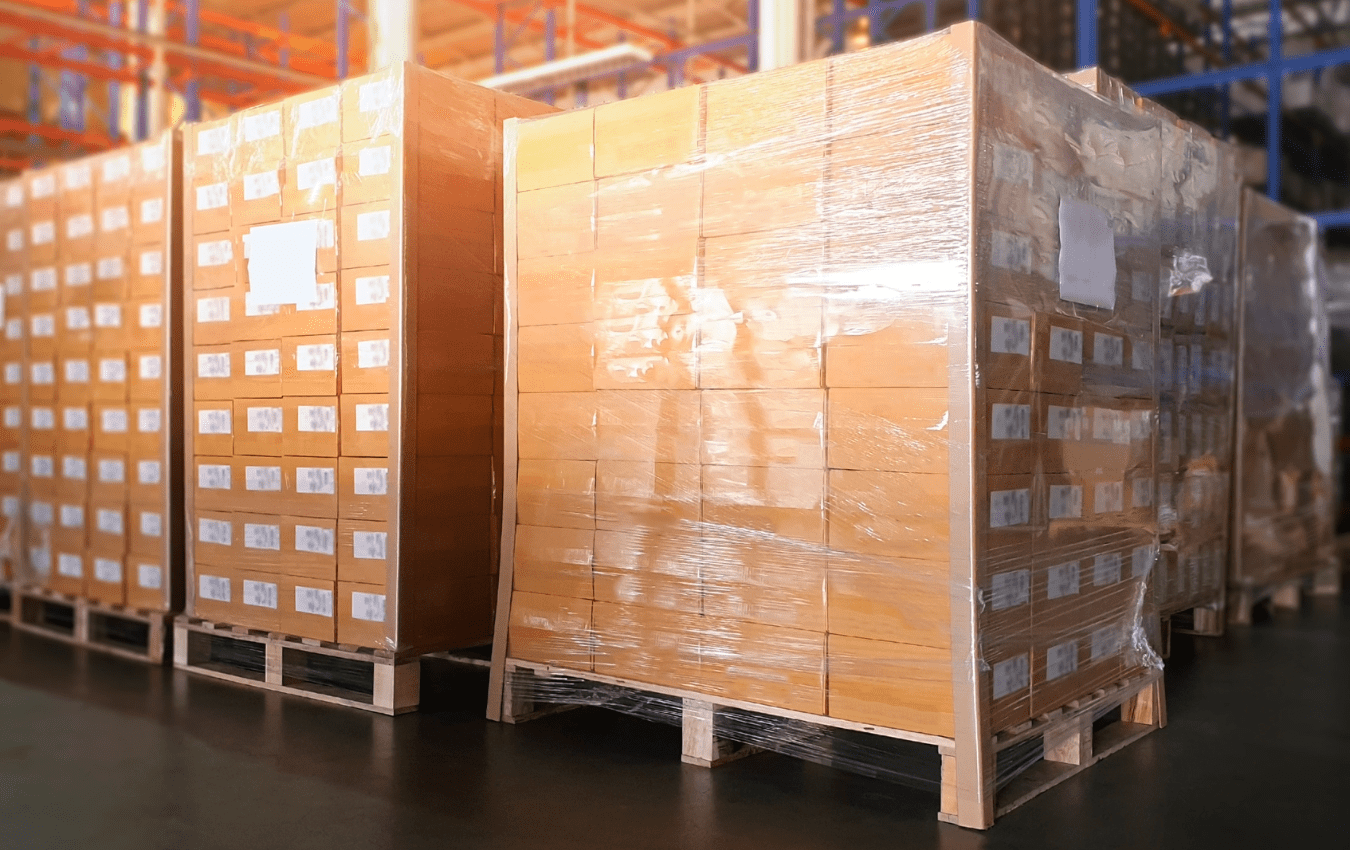Home » Protective Packaging for Internal Components
Protective Packaging for Internal Components
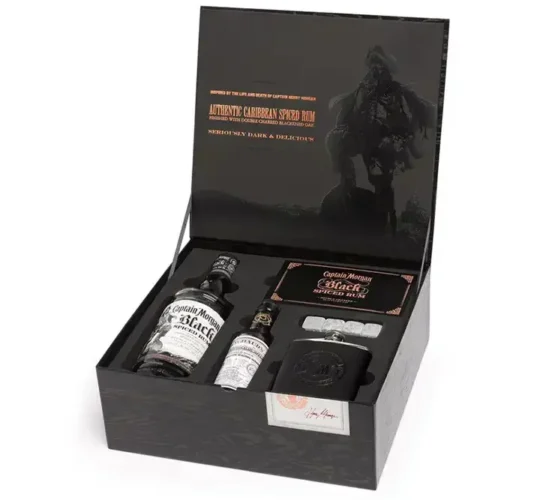
Internal components, such as delicate electronics, mechanical parts, or fragile materials, require specialized protective packaging to ensure they arrive intact and functional. Whether you’re shipping sensitive circuit boards, mechanical assemblies, or fragile items, choosing the right packaging materials and methods is crucial to safeguarding against impacts, moisture, and static electricity.
This guide will explore the best options for protective packaging, factors to consider, and how to balance protection with cost-effectiveness.
Key Protective Packaging Materials for Internal Components
Foam Padding
- Purpose: Provides cushioning to absorb shocks and vibrations.
- Features: Available in various densities and can be custom-cut to fit specific components.
- Best For: Mechanical parts, electronics, and delicate items requiring precise protection.
Pro Tip: Use closed-cell foam for water resistance or open-cell foam for lightweight cushioning.
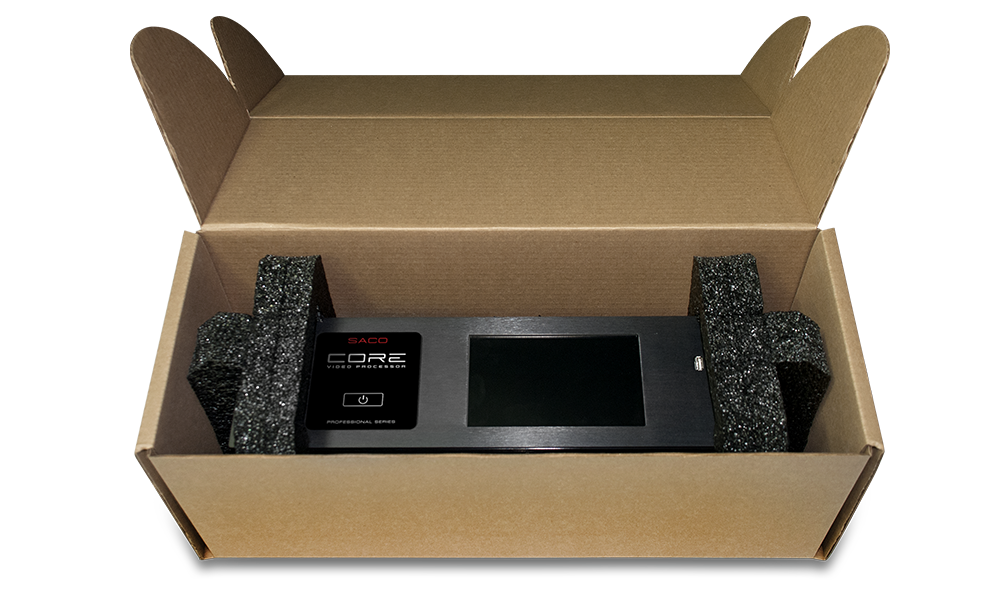
Anti-Static Packaging
- Purpose: Prevents electrostatic discharge (ESD) damage to sensitive electronics.
- Options: Anti-static bags, wraps, or sheets.
- Best For: Circuit boards, semiconductors, and other sensitive electronics.
Pro Tip: Pair anti-static packaging with conductive foam for added protection.
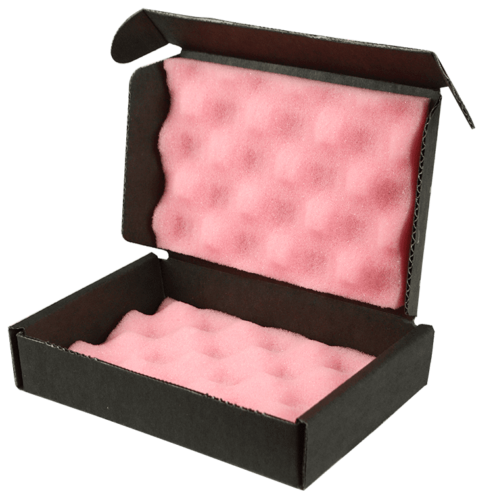
Desiccant Packs
- Purpose: Controls moisture levels to prevent corrosion or degradation.
- Features: Often included in sealed environments or humid regions.
- Best For: Components sensitive to humidity, such as optical lenses or metal parts.
Pro Tip: Use desiccant packs alongside vacuum-sealed bags for maximum moisture control.
Custom-Molded Trays
- Purpose: Offers precision support and protection by holding components securely in place.
- Materials: Rigid foam, plastic, or thermoformed trays.
- Best For: High-value or irregularly shaped components.
Pro Tip: Custom trays can be designed to stack efficiently for space-saving during shipping.
Bubble Wrap
- Purpose: Provides general-purpose cushioning for smaller, less sensitive components.
- Features: Lightweight and cost-effective.
- Best For: Non-static-sensitive parts or as secondary protection within a larger package.
Pro Tip: Opt for anti-static bubble wrap when shipping electronics.
Blister Packs
- Purpose: Securely holds individual components while protecting them from abrasion and impacts.
- Features: Transparent plastic covering for easy identification.
- Best For: Small parts requiring visibility and light protection.
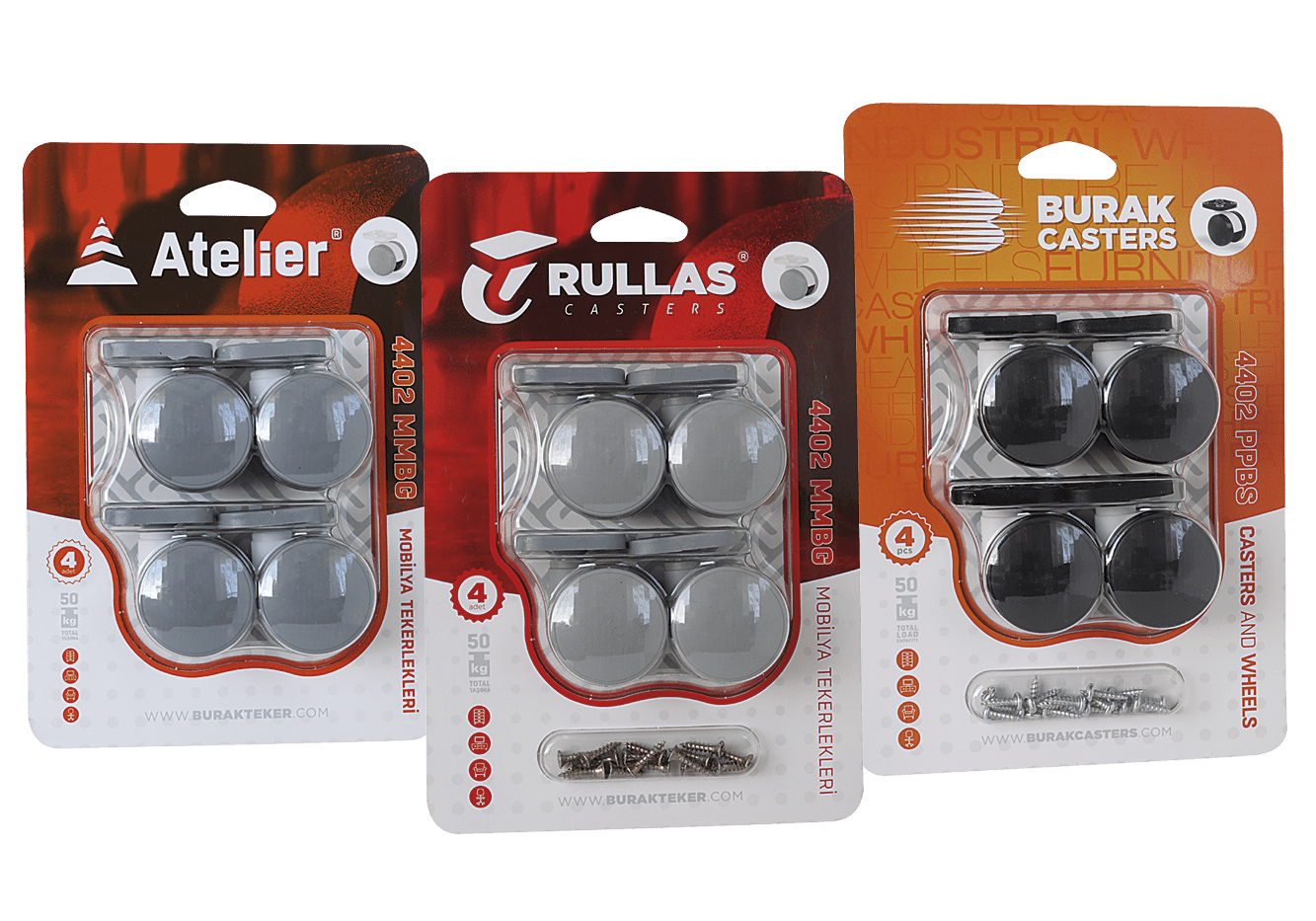
Factors to Consider When Choosing Protective Packaging
Component Sensitivity
- Identify vulnerabilities to impacts, vibration, static electricity, or moisture.
- Use anti-static solutions for electronics and moisture-proof options for humidity-sensitive items.
Environmental Conditions
- Evaluate storage and shipping environments for temperature extremes, humidity, or exposure to handling risks.
- Combine desiccant packs and sealed pouches for high-humidity regions.
Packaging Size and Weight
- Ensure protective materials fit efficiently within the larger packaging without adding unnecessary bulk or weight.
- Choose lightweight options like foam padding or bubble wrap to reduce shipping costs.
Cost Considerations
- Balance the level of protection with budget constraints.
- Custom solutions like molded trays may have higher upfront costs but reduce damage-related expenses in the long run.

Best Practices for Protective Packaging
- Combine Multiple Materials
- Use foam inserts with anti-static wraps for dual protection against impacts and static discharge.
- Test Your Packaging
- Conduct drop tests and vibration simulations to ensure your chosen packaging holds up during transit.
- Label Packages Clearly
- Use “Fragile” and “Handle with Care” labels to inform handlers about the sensitivity of the contents.
- Use Recyclable Options
- Opt for environmentally friendly materials, like recyclable foam or biodegradable pouches, to reduce waste.
Conclusion
Protective packaging for internal components is essential for ensuring product safety during shipping and storage. By selecting the right combination of materials and considering environmental and cost factors, you can protect delicate items effectively while maintaining efficiency and budget control.
Need help designing protective packaging solutions? Contact us today for customized options tailored to your components’ needs!
Tips to Keep Your Project on Schedule
- Communicate Clearly
- Provide detailed specifications and feedback promptly at every stage.
- Plan Ahead
- Start the custom packaging process early to account for unexpected delays.
- Work with Trusted Partners
- Choose a reliable packaging supplier with a proven track record for meeting deadlines.
- Avoid Last-Minute Changes
- Finalize designs, quantities, and materials before production begins.
Conclusion
Creating custom packaging is a multi-step process that requires time and collaboration. By understanding the timeline and potential challenges at each phase, you can plan your project effectively and ensure a smooth transition from design to delivery.
Ready to start your custom packaging project? Contact us today to discuss your needs and get started on a timeline tailored to your business!
Sustainability in pet product packaging involves balancing environmental impact with functional performance. Materials must protect against moisture, oxygen, and pests while also meeting recyclability or compostability goals. Choosing the right
Retail packaging must do two jobs at once—catch the shopper’s eye while protecting the product through the supply chain. Too much focus on graphics can weaken structure, while over-engineering for
As budgets tighten in 2026, packaging buyers are under pressure to reduce costs without increasing damage rates. Cutting too aggressively can lead to product loss, higher return rates, and frustrated
Many U.S. businesses currently sourcing packaging from China are facing a harsh reality: tariffs and trade volatility can quickly erode margins and disrupt supply chains. By shifting toward U.S.-based packaging
Home » Protective Packaging for Internal Components


